What are the Different Types of Expanded Metal?
- March 17, 2023
- 7 min
Expanded Metal
McNICHOLS® Expanded Metal cuts and stretches sheet metal to create a pattern of diamond-shaped openings. This process adds strength to the metal and allows it to withstand heavy loads. McNICHOLS provides Expanded Metal in a range of materials, including Aluminum, Carbon Steel, Stainless Steel, and Galvanized Steel.
Expanded Metal is lightweight and easy to install, therefore making it ideal for a wide range of uses. People use this versatile product line for security fencing, grating, walkways, ventilation systems, and architectural/decorative purposes.
There are several types of Expanded Metal available, including Flattened, Standard (Raised), Grating, Catwalk Grating, and Designer. Each Expanded Type has unique characteristics and advantages. The right Expanded Metal for a specific use depends on factors like strength, durability, and appearance. We will explore these different types, as well as the advantages and applications of each.
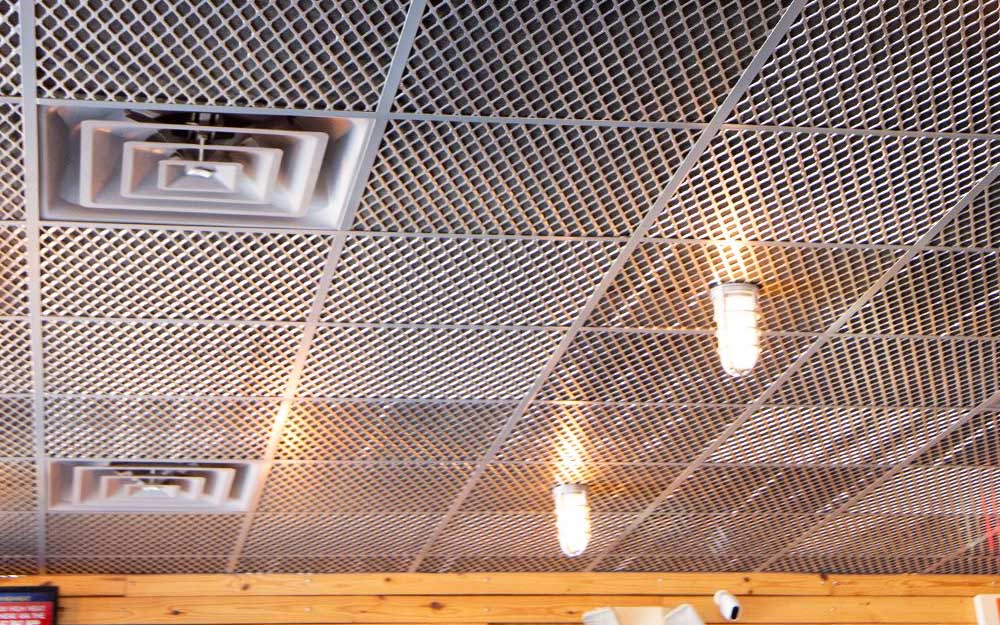
What is Flattened Expanded Metal?
We roll Standard Expanded Metal to flatten the metal and reduce its thickness, resulting in Flattened Expanded Metal. This process makes the Expanded Metal smoother and wider, with a more even strand, compared to Standard (Raised) Expanded Metal. A decrease in the open area percentage can sometimes be a result of the flattening. Flattened Expanded Metal possesses a flat surface, which makes it ideal for specific uses or situations that require welding.
People often use thicker Flattened Expanded Metal for walkways, ramps, and platforms to ensure safety and comfort with a smooth surface. Lighter gauge Flattened serves as an excellent solution for filtration systems, machine guards, and architectural applications that require a decorative finish.
Flattened Expanded Metal is stronger and sturdier because its strands are thicker, enhancing its structural strength. It is less likely to curl or bend, making it a good choice for applications where durability and stability are critical.
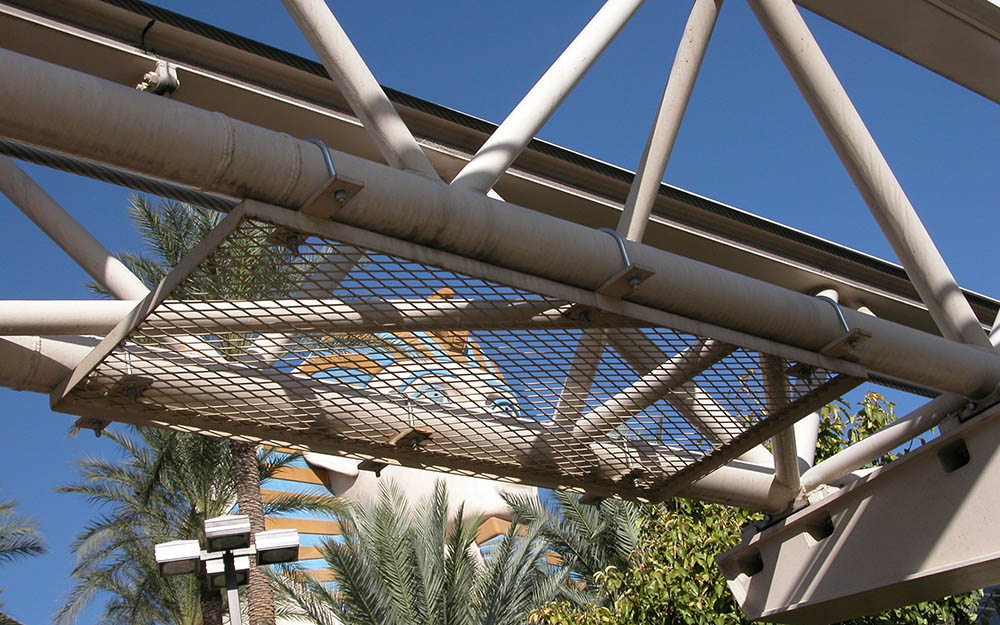
What is Standard (Raised) Expanded Metal?
Standard Expanded Metal, also called Raised Expanded Metal, is a versatile material for many different uses. The process of slitting and stretching the sheet metal creates its unique raised pattern of diamond-shaped openings. After cutting, Standard Expanded Metal is ready to use, whereas Flattened Expanded Metal requires additional manufacturing steps.
Standard Expanded Metal is available in a range of materials, including Aluminum, Carbon Steel, Galvanized Steel, and Stainless Steel. People commonly use it in decorative and architectural features, filtration systems, and protective barriers.
One of the primary advantages of Standard Expanded Metal lies in its generous open area percentage, allowing improved airflow and visibility. The increased open area makes it an ideal choice for applications such as ventilation systems or security screenings. The raised diamond-shaped openings make the surface non-slip, providing good traction. This makes it suitable for flooring in industrial and commercial areas.
Its strength and durability also make it suitable for use in heavy-duty applications where safety and stability are paramount. In summary, Standard Expanded Metal stands out as a versatile and long-lasting material, easily tailored to fulfill diverse application needs.
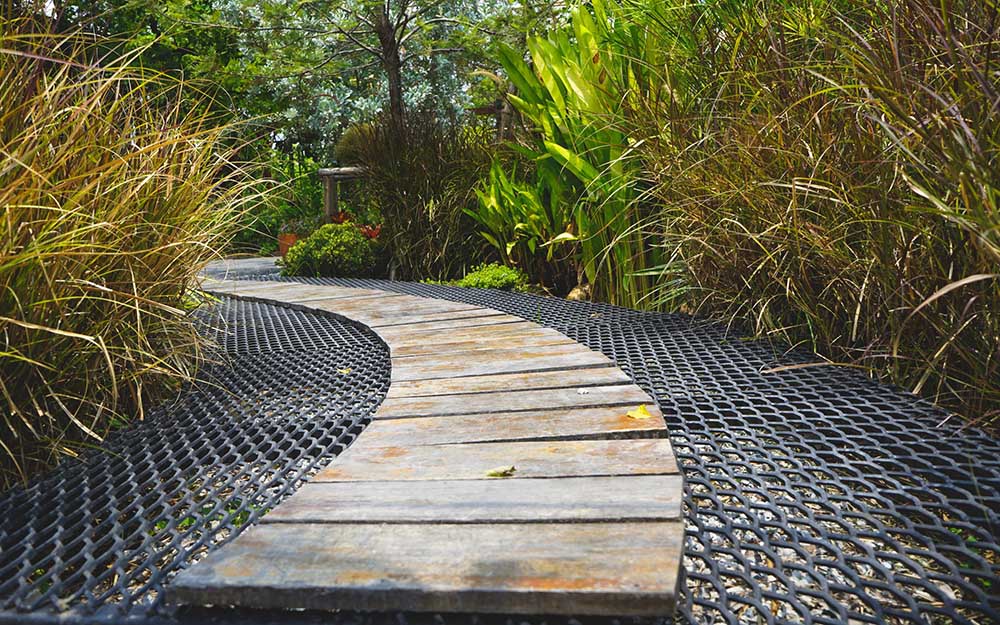
What is Expanded Metal Grating?
Expanded Metal Grating is specifically designed for use as a walkway or flooring material. Industries and businesses often use this type of Expanded Metal for its slip resistance, durability, and easy installation. It can be made from a variety of materials, including Carbon Steel, Stainless Steel, and Aluminum.
One of the advantages of Expanded Metal Grating is its high load-bearing capacity. To increase load capacity, this grating has a strong design with larger patterns and thicker strands for added strength and stability. Additionally, the installation of Expanded Metal Grating is hassle-free. You can customize it by cutting and securely attaching it using various fabrication methods like welding.
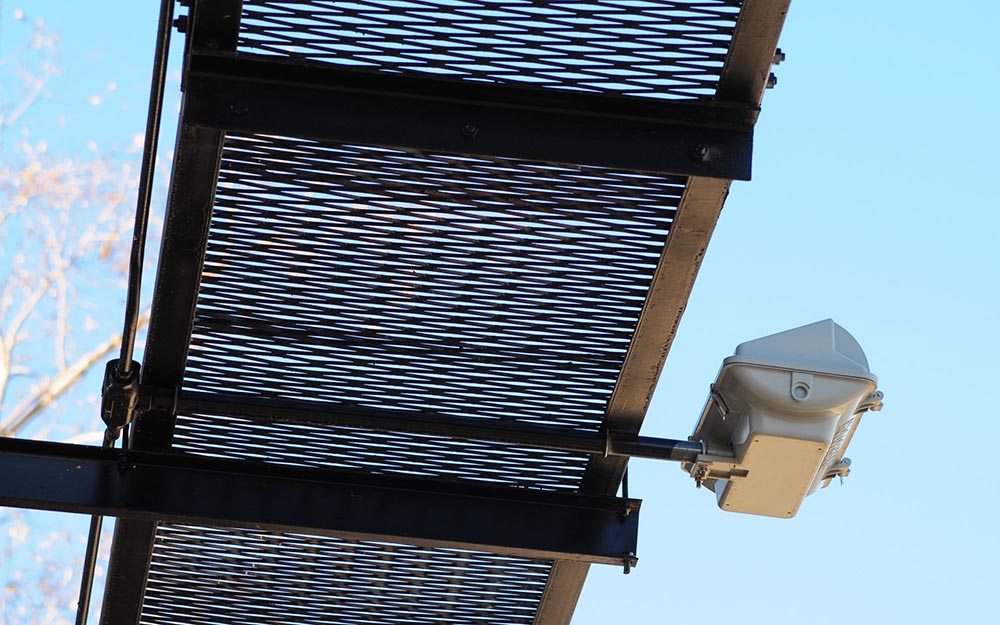
What is Expanded Metal Catwalk Grating?
Expanded Metal Catwalk Grating is available in various sizes and thicknesses, and can be customized to meet specific application requirements. It is typically made from materials such as Carbon Steel and can be galvanized to improve resistance to corrosion, impact, and wear. Expanded Metal Catwalk Grating is also easy to install and maintain, making it a popular choice for a wide range of industries, including construction, oil and gas, mining, and manufacturing.
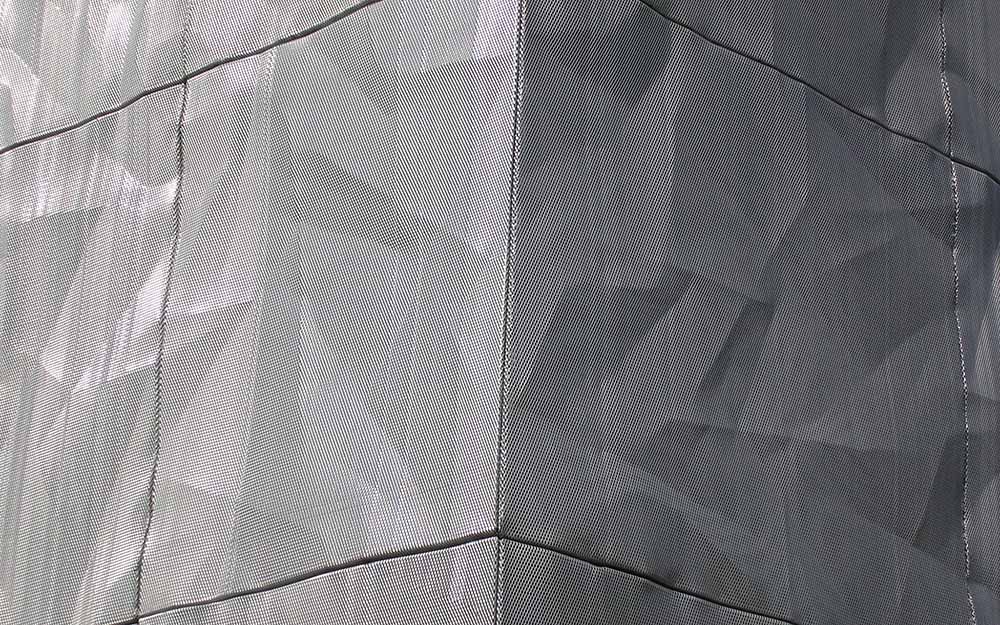
What is Designer Expanded Metal?
Designer Expanded Metal features unique patterns and designs, making it ideal for use in architectural and decorative applications. This type of Expanded Metal is crafted to create unique and decorative patterns that can be tailored to meet specific aesthetic or functional requirements. Decorative Expanded Metal has different shapes, textures, and designs instead of the usual diamond-shaped openings in Standard Expanded Metal.
Architects often use Designer Expanded Metal in architecture for building facades, decorative screens, and interior design. It can also be used for shading, security, and privacy. It is available in a variety of materials, including Stainless Steel, Aluminum, Brass, and Copper.
The process of making Designer Expanded Metal involves cutting and stretching metal sheets to create a mesh-like structure. This process resembles the production of Standard Expanded Metal. The process is more precise and controlled to achieve the desired pattern. However, the metal sheets used in Designer Expanded Metal are typically thinner, making them more flexible and easier to manipulate.
The thinness of the metal allows for more intricate designs, allowing architects and designers to create unique and intricate patterns. Designer Expanded Metal is a great choice for many architectural and decorative uses because of its unique design, durability, and versatility.
In Conclusion
McNICHOLS offers several different Expanded Metal types for your individual needs and applications. We carry Flattened, Standard (Raised), Grating, Catwalk Grating, and Designer Expanded Metal at our 19 Metals Service Centers. Every type offers its own characteristics, applications, and advantages. This variety is just one of the reasons thousands of customers choose to incorporate McNICHOLS® Expanded Metal in their projects.
We invite you to learn more! We are ready and Inspired to Serve® you at 855.318.8791, [email protected], or via Live Chat on mcnichols.com.







